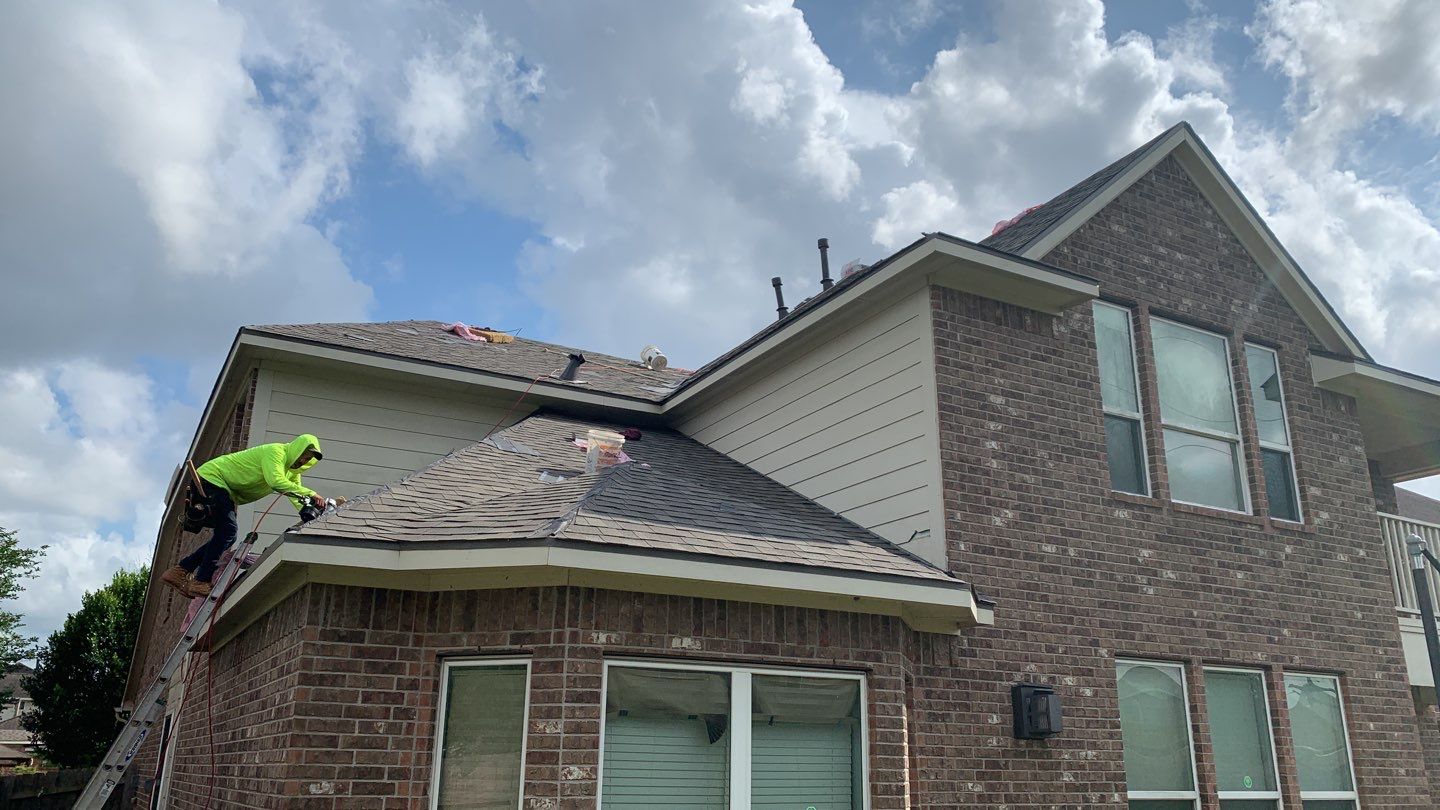
Building materials for different climates
Global warming has become a matter of concern because of its harmful impact on humans, animals, weather, the environment, and even our buildings. Extreme climate change may affect your residential energy consumption, but choosing the correct building materials will let you save some money on bills while keeping your home and family protected.
Our following guide will help you to choose the best materials based on your region's climate: **Energy. **- Severe cold or hot climates may increase your energy consumption, but do not worry because using energy-efficient building materials will keep your home cold or warm for longer without paying expensive bills. Bamboo plywood, mud bricks, thermostat radiant barrier, spray foam, or plant-based polyurethane foam are some of the most popular energy-efficient materials to reduce energy consumption.
**Weatherproof. **- Before choosing materials, first, consider their ability to withstand severe weather conditions. Concrete is an excellent choice due to its low cost and exceptional capacity to resist extreme heat or cold conditions without any damage.
Climate. - Different climatic conditions (hot/humid/cold) can damage or affect construction materials. Stone and concrete will keep your home warm and cozy in cold areas. Clay and wood will balance the temperature around your house.
Sustainability. - Using green building materials is an excellent way to protect the environment, reduce our carbon footprint, and lower maintenance and energy costs.
We are all aware that some repairs are inevitable as a homeowner, but choosing the proper building materials will allow you to save thousands of dollars in restoration and renovation services. Keeping your home in good condition is a great way to protect your family; we can help you to select the best building materials for your home.